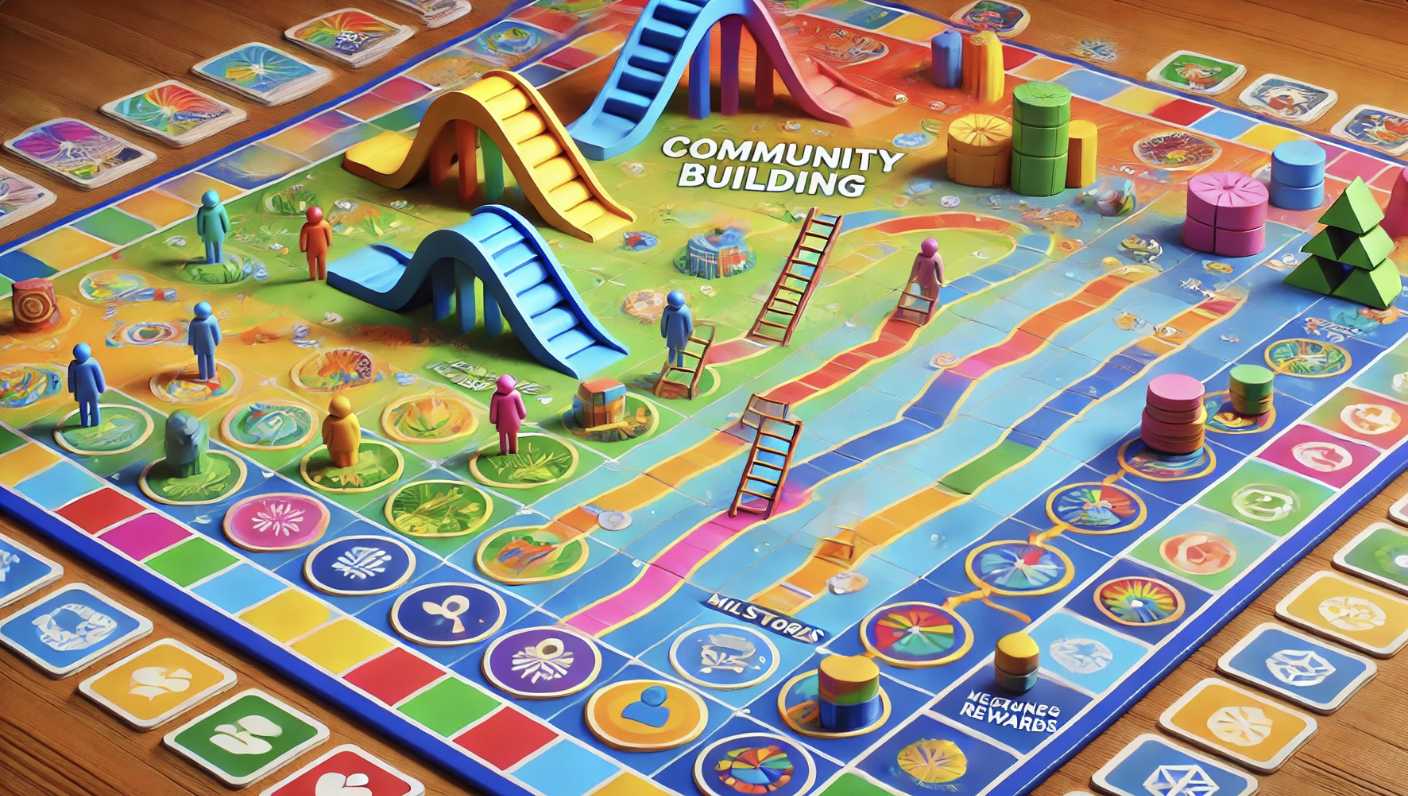The Threshold Community Model: From Confusion to Clarity and Beyond
Plan Community Like You Play Games -- The Threshold Community Model is structured around challenges, a timeline, and stages. Each step is designed to channel the community’s initial energy into productive, goal-oriented actions.

At the heart of every nascent community lies potential, waiting for you to activate it. The question is, can you do it?
This initial burst often fades into confusion—both individually and collectively. Members buzz with questions about their roles and the direction of the community, while the creator (you!) grapples with guiding this energy towards a unified mission.
This is where the Threshold Community Model comes in. It offers a structured pathway from messy beginnings to meaningful milestones.
Framework for Clarity and Progress
The Threshold Community Model is structured around challenges, a timeline, and stages. Each step is designed to channel the community’s initial energy into productive, goal-oriented actions.
- Challenge: Set clear, achievable challenges that align with the community’s broader mission. These challenges act as stepping stones, guiding members from confusion to clarity and commitment.
Example: Meet three people for a 1:1 video call and shout them out in the community. - Timeline: Establish a timeline for each challenge, creating a sense of urgency and momentum. This helps members prioritize their engagement and focus on immediate goals.
Example: Meet three people this week for a 1:1 video call and shout them out in the community. - Stages: Define stages within the community’s journey, each with its own set of challenges and milestones. Progressing through these stages gives members a clear sense of advancement and achievement.
Example: Meet three people a week for a 1:1 video call and shout them out in the community. Do this for three consecutive weeks and unlock a bonus module!
Benefits of the Threshold Community Model
By setting clear challenges and milestones, community members know exactly what is expected of them and how they can contribute. This clarity transforms raw energy into focused action, ensuring that every member’s effort is aligned with the community’s mission.
The shared journey through challenges and milestones fosters a sense of camaraderie among members. As they collaborate and support one another in reaching common goals, relationships within the community deepen, laying the foundation for a robust and interconnected network.
This model offers a way for community builders to maintain the community’s initial momentum over the long term. By guiding members through structured stages of engagement, creators can ensure continuous participation and avoid the drop-off in energy that 99% of communities face after their initial launch.
Implementing the Threshold Community Model
To adopt this model within your own community, start by mapping out a clear mission and the key milestones you wish to achieve.
Then, break down the journey into tangible stages, each with its own set of challenges that directly contribute to reaching these milestones.
To help you out, here's a simplified framework to get started:
- Identify the Mission: Clearly define what your community aims to achieve. This mission will guide all subsequent actions and challenges.
- Set the Threshold Challenges: Determine specific challenges that members must complete to progress through the community’s stages. These should be engaging, achievable, and directly related to the mission.
- Define Stages and Milestones: Outline the stages of community development, each with milestones that signify progression. Ensure there are tangible rewards (or recognition) for members reaching each milestone.
- Create a Timeline: Assign a realistic but motivating timeline to each stage and challenge, keeping the energy high and members engaged.
- Launch and Iterate: Begin implementing the model, but remain flexible. Gather feedback from community members and adjust challenges, timelines, and stages as needed.
Frequently Asked Questions
1. How do I keep my community members engaged and motivated?
The key is to start really small. The first ask can't be too big, and the value of the engagement has to be immediate. Building new relationships can create significant social bonds that support your community, but not everyone might be into that. An easier lift could be having people post a video introduction of themselves.
2. What specific challenges should I set for my community?
This depends on the frequency of your community interactions. If your community checks in daily, challenges can be dynamic with many opportunities to complete them. If your community meets less frequently, like once every two weeks or once a month, the challenges should be more independent and easy to achieve. The goal is to get people to complete them quickly so they're ready by the next meeting. If challenges are too complicated, people might skip them.
3. How do I prevent my community's initial momentum from fading?
Beyond the Threshold Community Model, ensure you have the right people in your community. If your members are genuinely curious, your invitation is just part of their long journey around this topic. If they're just passing by for incentives, they won't last, and that's okay. Another effective step is to implement a miniature roadmap that shows a schedule for the next few weeks, giving people a sense of what the community is about and how they can engage further.
